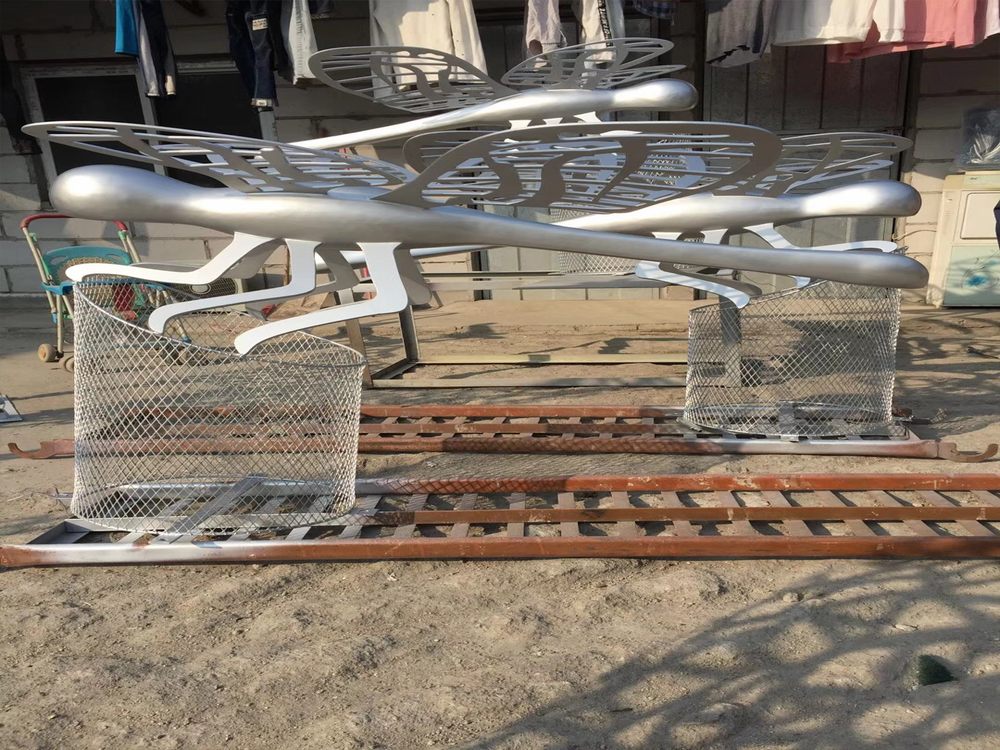
Artists have long experimented with light and reflective surfaces to infuse their sculptures with a sense of dynamism and depth. By strategically positioning light sources, they manipulate shadows and highlights, creating the illusion of movement or altering the viewer’s perception of form. Reflective materials like polished metal, glass, or mirrored fragments amplify this effect, bouncing light in unpredictable ways and engaging the audience from multiple angles.
One technique involves kinetic sculptures, where moving parts interact with light to produce ever-changing patterns. Another approach is the use of translucent materials, such as resin or frosted glass, which diffuse light softly, adding an ethereal quality. Contemporary artists like Anish Kapoor and Olafur Eliasson push boundaries by incorporating high-gloss finishes or LED installations, transforming static pieces into immersive experiences.
The interplay between light and reflection not only enhances visual appeal but also invites viewers to interact with the artwork, as their perspective shifts with every step. This dynamic relationship ensures that no two encounters with the sculpture are exactly alike, making light and reflection indispensable tools in modern sculptural art.

